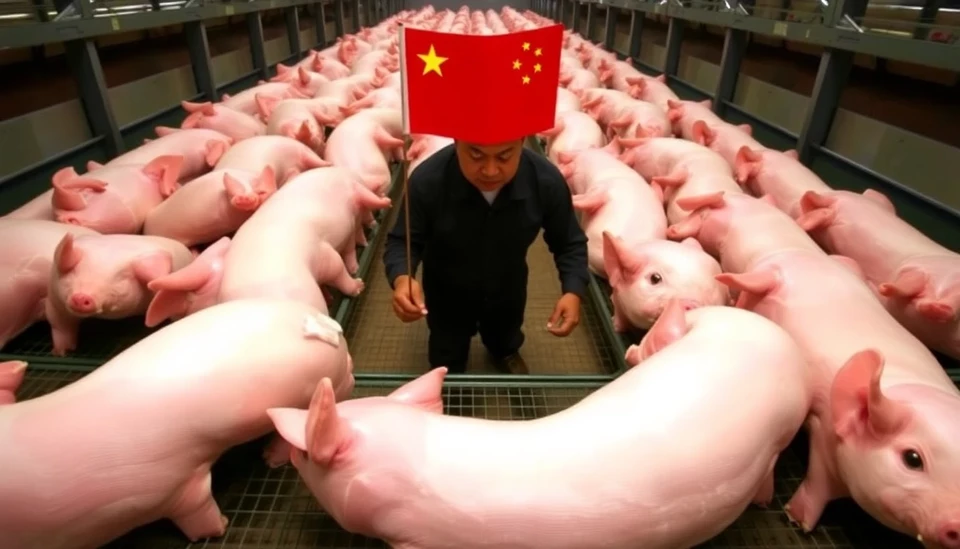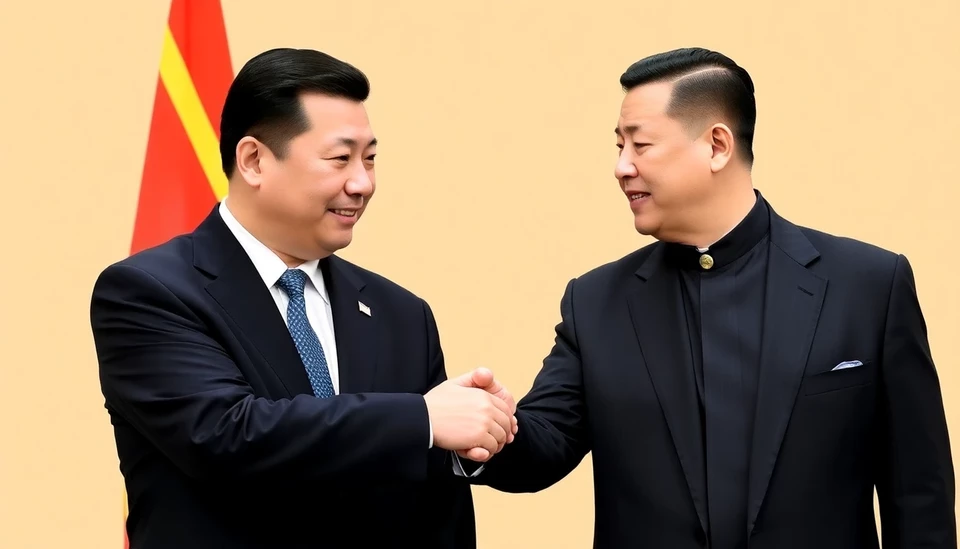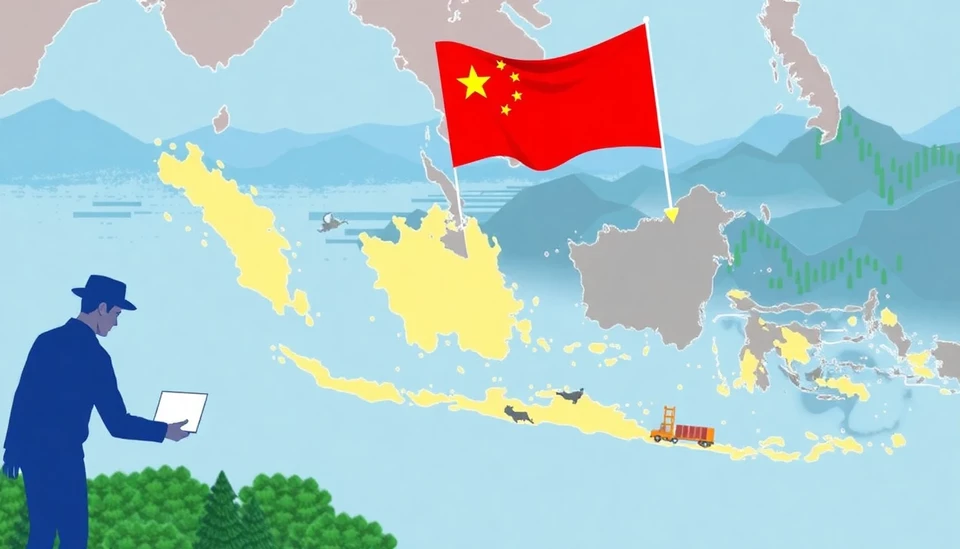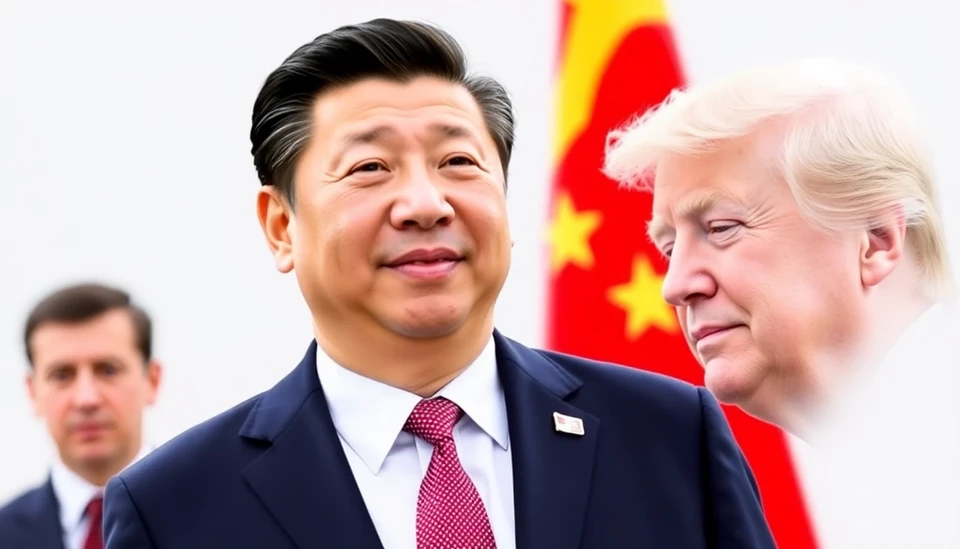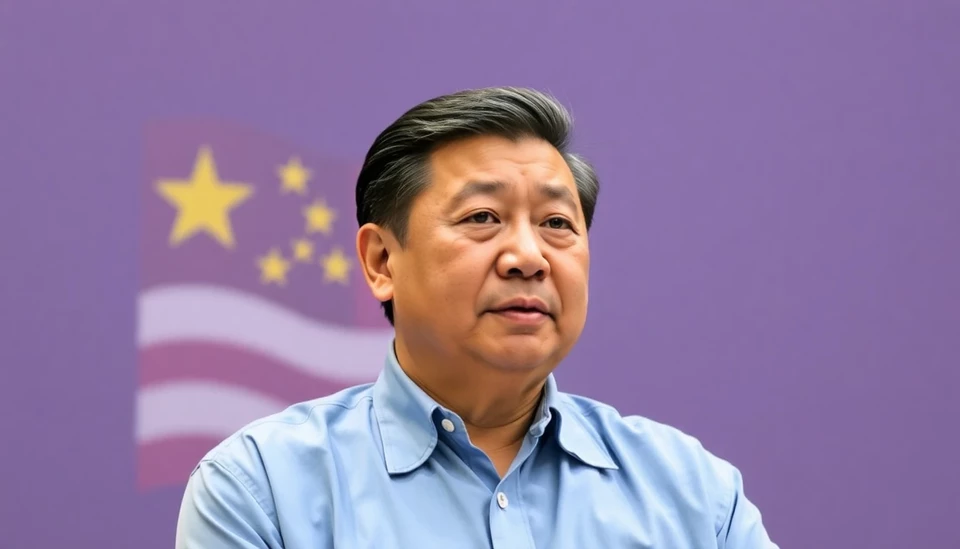
In a recent escalation of tensions between the United States and China, Beijing has critiqued Washington's latest updates to its trade policy documentation, which accentuate a series of export restrictions. This criticism arrives as both countries continue to grapple with ongoing trade disputes that have significantly affected economic relations and market sentiments on a global scale.
The altercation began when the U.S. modified its fact sheets referencing trade matters, drawing attention specifically to actions against China that include curtailing the export of advanced semiconductor technologies and other critical goods. The modifications represent a broader strategy by the U.S. government to bolster its domestic industries while simultaneously cutting off access to China, particularly in sectors deemed sensitive for national security and technological superiority.
Chinese officials have condemned the changes, labeling them as “unilateral” and detrimental to fair trade practices. They have alleged that these adjustments reflect a broader strategy of containment aimed at impeding China's growth and technological advancements. A spokesperson from the Chinese Ministry of Commerce expressed dismay, emphasizing that such policies violate the principles of a market economy and result in disruption to global supply chains.
In a series of statements released in response to the U.S. actions, the Chinese government reiterated its commitment to fostering an open and cooperative international trade environment while also warning of potential retaliatory measures should the U.S. persist in its current trajectory. Additionally, China’s foreign ministry underscored that such tactics could bolster domestic pushes towards self-reliance in technology and manufacturing, thereby accelerating China's ambitions in strategic sectors.
This incident marks another chapter in a lengthy series of trade skirmishes between the two economic powerhouses. Notably, tech-related restrictions had already created significant ripples in the market, influencing investor behavior and prompting discussions among businesses about shifting their supply chains to minimize risk. The prospect of rising tensions is becoming increasingly concerning for multinational firms that operate in both countries, as uncertainties around regulatory environments and potential sanctions loom large.
The U.S. administration, while justifying its trade restrictions as necessary for national security purposes, appears to be closely monitoring the ramifications of its policies not only on its bilateral relationships but also on global economic stability. Analysts suggest that the ongoing confrontations could lead to heightened volatility in stock markets and disruptions in trade flows, thereby affecting economic forecasts internationally.
As this situation evolves, stakeholders from both sides will be watching closely. The implications of these trade restrictions extend beyond immediate economic impacts and pose broader questions about the future of U.S.-China relations, as both nations navigate a delicate balance between competition and cooperation.
In conclusion, the U.S. and China find themselves at a critical crossroads where trade policies will likely shape the landscape of future interactions. With calls for dialogue rising amidst growing frustrations, the international community remains hopeful that a resolution can be reached to ease tensions and stabilize the global economy.
#China #USTrade #TradeRelations #BilateralTension #GlobalEconomy #ExportRestrictions #Semiconductors #EconomicImpact #ForeignPolicy
Author: Laura Mitchell
